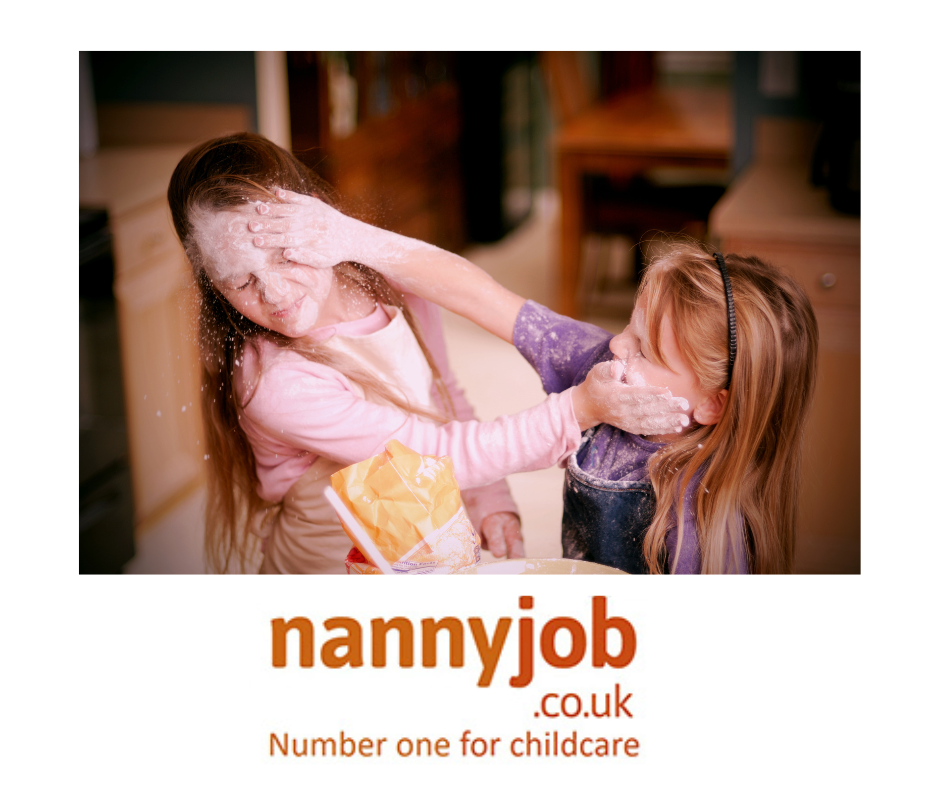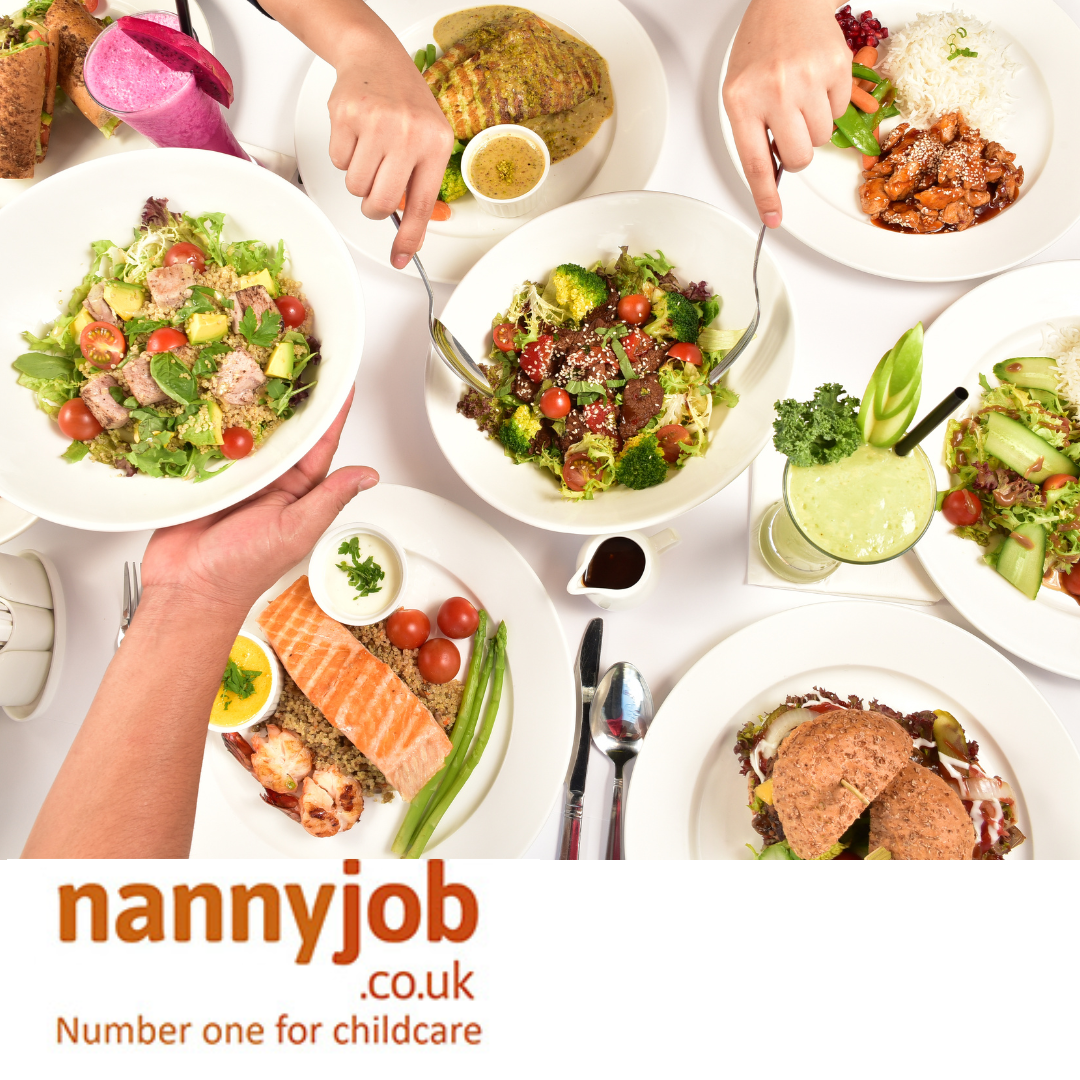Sibling relationships can be a wonderful source of companionship and support, and at times, they can also be a battleground of conflicts and rivalry. As nannies, we play a crucial role in helping to nurture these relationships, manage disputes and encourage strong, lasting bonds. Here are some strategies that we can utilise to facilitate healthier, happier sibling interactions.
Understanding Sibling Dynamics
Every sibling relationship is unique. Age gaps, personalities, and the specific family environment can all impact how siblings interact with each other. It’s essential to understand the dynamics at play in your specific setting and work from there. For example, younger children may require more direct supervision, while older children may need guidance on being good role models.
Fostering Shared Activities
Shared activities can be a wonderful way to encourage bonding. Whether it’s a shared game, a craft project or a movie night, find something that all siblings can enjoy together. It can help to highlight each child’s strengths during these activities to foster mutual respect and admiration.
Managing Conflicts
Conflict is a natural part of any relationship. It’s important to help children navigate these conflicts effectively. As nannies, we can mediate disputes, ensure everyone is heard, and guide children towards a resolution. Teaching children negotiation skills and empathy towards their sibling’s perspective can be beneficial in managing conflicts.
Encouraging Individuality
While it’s essential to promote bonding, it’s equally important to respect each child’s individuality. Allowing time and space for each child to pursue their interests can help prevent resentment or feelings of being overshadowed. Balance shared activities with opportunities for individual expression.
Promoting Communication
Encourage open communication within the family. Make sure each child feels heard and understood. Help them express their feelings in a constructive manner, and guide them to listen to their sibling’s point of view. Good communication is key to resolving conflicts and building strong relationships.
Model Respectful Behavior
Children learn a lot from observing the adults in their lives. Show respect in your interactions with each child and other family members. Demonstrating patience, understanding, and consideration in your behaviour sets a positive example for them to follow.
In conclusion, as nannies, we are in a unique position to influence and shape the sibling relationships in our care positively. By using strategies to encourage bonding, respect individuality, and manage conflicts, we can help nurture these vital relationships that last a lifetime.










